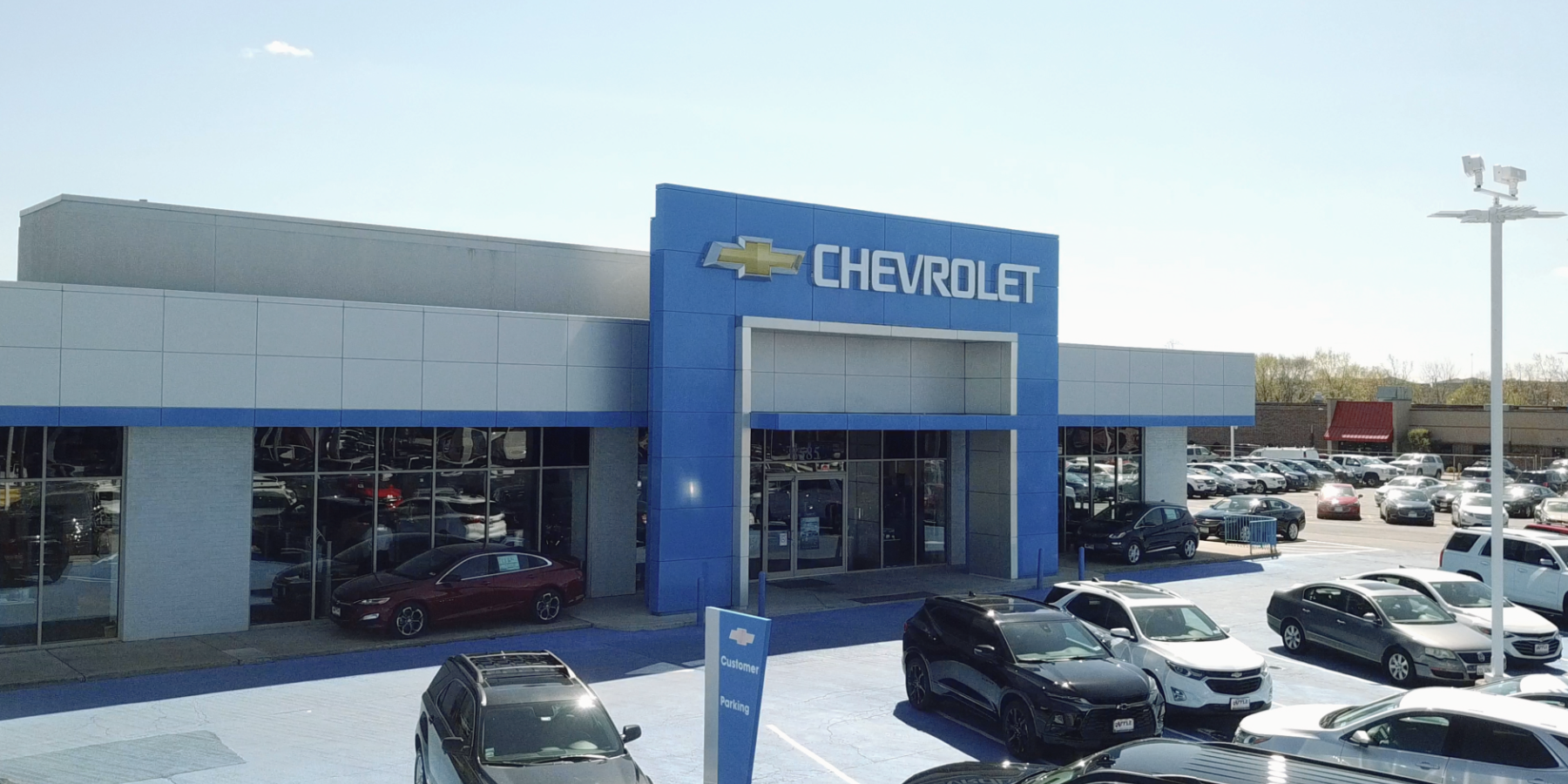U.S. unveils 35.5-m.p.g. rule by ’16
Detroit Free Press
By Justin Hyde
Free Press Washington Staff
April 1, 2010
NEW YORK – The Obama administration unveiled its historic rules today setting a 35.5 mpg average for the U.S. auto industry by 2016, which the government said would cut fuel consumption by 40% and generate $130 billion in benefits.
While the new rule will cost the industry $52 billion to meet, automakers embraced the standards for avoiding a patchwork of state and federal regulations, and called on the government to begin work immediately on updates for the 2017 model year and beyond.
Administration officials said the rules would raise the average price of a new vehicle by less than $1,000 in the 2016 model year, and that many consumers would earn back the cost in fuel savings over three years.
“This is the most aggressive fuel economy standard ever set in the United States for cars and trucks,” said U.S. Transportation Secretary Ray LaHood.
The joint rule between the Department of Transportation and the U.S. Environmental Protection Agency is the first U.S. limit designed to reduce greenhouse gas emissions, stemming from a Supreme Court ruling that classified carbon dioxide as a pollutant under federal law.
Automakers had backed the rule, which sets a target for every vehicle’s fuel economy based on its size. The actual fuel economy target is 34.1 mpg, with the difference made up through more efficient air conditioning that should reduce carbon emissions.
The California Air Resources Board and environmental groups also hailed the rule.
The unsteady détente between the industry, environmentalists and the state of California could disappear if California moves to set standards for years beyond 2016 first – a move automakers oppose.
“America needs a roadmap to reduced dependence on foreign oil and greenhouse gases, and only the federal government can play this role,” said Dave McCurdy, president and CEO of the Alliance of Automobile Manufacturers.
“Now we need to work on 2017 and beyond.”
By 2016, the average fuel economy for cars is estimated to be 37.8 mpg, while light trucks are expected to average 28.8 mpg. Automakers will get credits for building electric vehicles, plug-in hybrids and hydrogen fuel-cell models.
One dissent came from auto dealers, who said the rules would cost consumers too much.
“With tight family budgets and a shaky job outlook, consumers want to maximize their transportation dollars, not pay more for redundant rules and an unnecessary bureaucracy,” said Ed Tonkin, chairman of the National Automobile Dealer Association.


